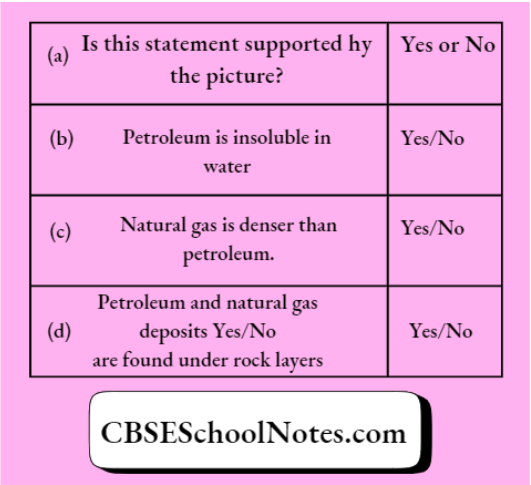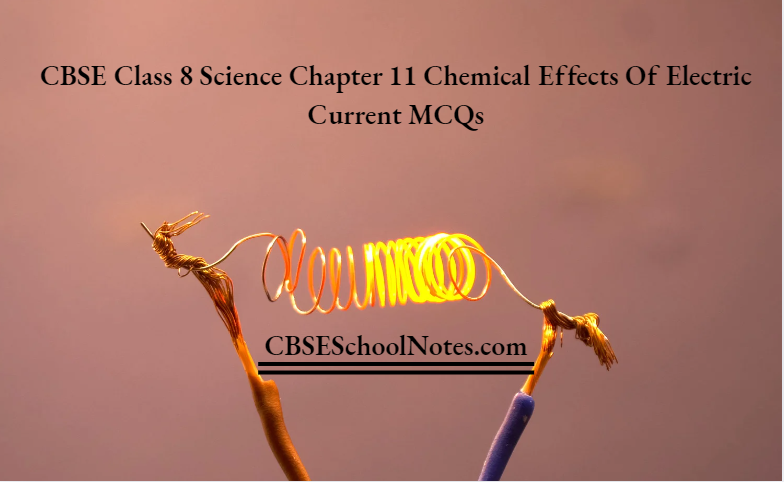CBSE Class 8 Science Chapter 2 Short Answer Questions
Question 1. Why should we avoid standing close to a tuberculosis patient while he or she is coughing?
Answer: Tuberculosis is an airborne disease that easily spreads when the infected person coughs, as coughing spreads germs in the air. This bacterium can be inhaled by a healthy person nearby and cause infection. This is why we should avoid standing close to a TB patient.

Question 2. Classify the following into friendly and harmful microorganisms.
Yeast, malarial parasite, Lactobacillus, bread mould, Rhizobium, Bacillus anthracis.
Answer:

Question 3. While returning from school, Boojho ate chaat from a street hawker. When he reached home, he fell ill and complained of a stomachache. What could be the reason?
Answer: The reason could be that the chaat was contaminated by pathogenic microorganisms. It can be due to unhygienic conditions near the shop, or the utensil used for serving could have been contaminated.
Read And Learn More CBSE Class 8 Science Short Answer Questions
The unhygienic environment of the shop attracts flies and promotes the growth of infections. Most street hawkers sell food items in an open area, which gets contaminated with dust and flies carrying germs. This unhygienic condition can lead to the spoilage of food, which, when consumed, can lead to serious illness.

Question 4. What will happen to ‘poorls’ and ‘unused kneaded flour’ if they are left in the open for a day or two?
Answer: The ‘unused kneaded flour’, if left in warm conditions, gets infected by microbes which cause fermentation and spoil the flour. The pooris, on the other hand, would remain in relatively good condition because these were deep-fried in heated oil that kills microbes.
Explain how Lactobacillus is useful In Making Curd, Class 8 CBSE
Question 5. Sachin opened two packets of Milo drink. He left one in the refrigerator and another on the table. Three days later, he got a bad smell from the packet left on the table. The packet of Milo drink in the refrigerator did not have a bad smell. Why? Explain.
Answer: The packet, which was put in the refrigerator, did not have a bad smell because there was a cold temperature, and bacteria could not grow there. The Milo drink left outside the refrigerator smelled bad because it came in contact with air and bacteria. The higher temperature outside the refrigerator proved favourable for the growth of microorganisms.












































